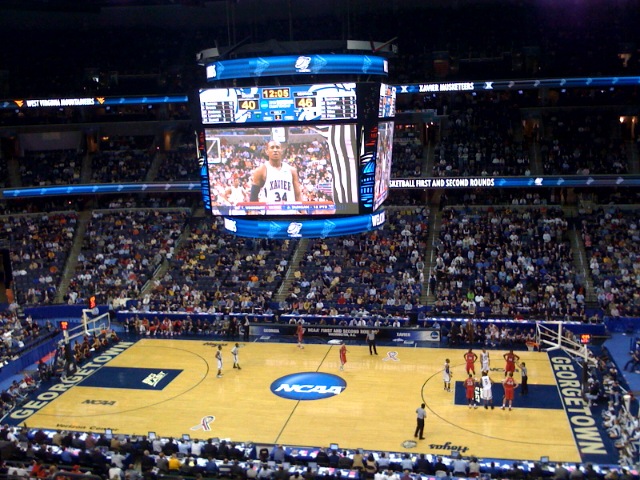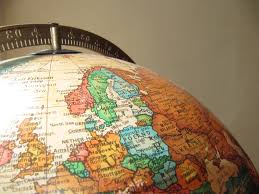It’s the beginning of December and Christmas trees are going up but the real question is: real or fake? How do you know which tree is better for you? Well we made a list and were checking it twice.
Real Christmas Trees come with a variety of benefits! They can help continue family traditions. For some families, annual visits to the Christmas tree farm holds special significance, and selecting a tree from a store just doesn’t capture the same spirit. A live tree brings a sense of sentimentalism and fills the home with a delightful pine fragrance. The scent is one-of-a-kind. While you can purchase artificial fragrances, nothing can replicate the fresh aroma of a real pine tree. They are also more environmentally friendly. Surprisingly, the act of cutting down a tree can actually be sustainable, as tree farmers practice a balance of planting and harvesting. For every tree that is cut, at least one new tree is planted. Additionally, real trees can be recycled and transformed into mulch, compost, or firewood, rather than ending up in landfills. Also, purchasing a real tree supports local farmers. Unlike artificial trees, which are often mass-produced overseas, choosing a live tree means you’re contributing to local tree farms, which not only helps the environment but also creates jobs. On the flip side, real Christmas Trees do have some drawbacks: They need upkeep. A live tree must be cared for over several weeks, requiring regular watering and attention. Keeping up with watering can be tricky and may lead to some mess. Another concern is that they can pose fire risks. If the tree isn’t adequately watered, it can dry out and become a fire hazard. Also the prices for these trees seem to be going up and up every year to insane prices.
Artificial trees require minimal upkeep. Unlike natural trees, there’s no need to water them or clean up fallen needles. You can skip the hassle of transporting and setting up a live tree. Instead, you can easily store and retrieve your artificial tree. Additionally, some people believe they look more appealing with their perfect shape. However, there are significant downsides to artificial trees: They are not environmentally friendly. Most artificial trees are made from PVC, a plastic produced in environmentally harmful factories. Also despite efforts to keep them in good condition, artificial trees will sadly shed some needles each year. This can make them appear worn over in time, which can complicate their reusability.
In summary, both real and artificial Christmas trees come with their advantages and disadvantages. Factors like personal taste, environmental considerations, and maintenance influences the decision on which type of tree to choose for the holiday season





D Thomas • Jan 31, 2025 at 7:49 pm
I love real trees don’t like the mess